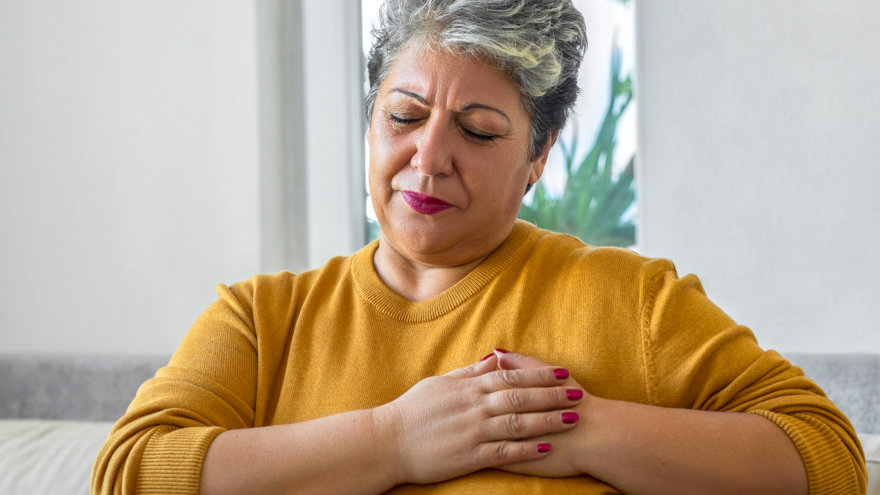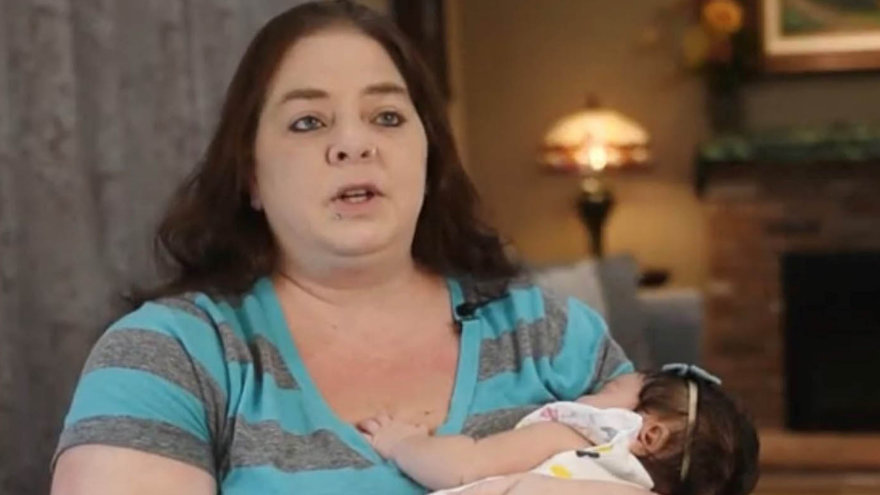Know the Symptoms

In the United States, someone has a heart attack every 40 seconds, according to the Centers for Disease Control and Prevention, which also notes that heart disease is the leading cause of death for men, women, and people of most racial and ethnic groups in the country.
With statistics like that, it’s easy to understand the importance of recognizing the signs and symptoms of a heart attack and what to do if you or someone you know are having a heart attack, says NorthBay Health Emergency Medicine Physician Blake Cleveland, M.D.
February is Heart Month, the perfect time to spotlight heart health and educate on heart attacks, Dr. Cleveland said. That begins with knowing how the heart works and what is happening to it during a heart attack.
“Your heart has four chambers, an upper and lower chamber on each side,” he explained. “Blood comes into the right atrium (upper chamber) and then moves into the right ventricle (lower chamber) and then moves past lungs.” The lungs re-oxygenate the blood and it then moves into the left atrium and from there to the left ventricle before being pumped out to circulate through the body.
“A heart attack is when one of the arteries that supplies blood to the muscle of the heart gets clogged,” he explained. “It can happen over time because the artery narrows to the point that no blood can pass through it or the wall of the artery can develop plaque and that plaque then ruptures and a clotting cascade ensues in the blood stream, making a clot in the artery.”
Either way, the lack of blood flow can damage or destroy part of the heart muscle and prompt treatment is needed to prevent death, said Dr. Cleveland.
The first step is to recognize the early warning signs.
Common symptoms include chest pain, shortness of breath, nausea, profuse sweating, passing out, palpitations and pain that radiate in the arms, back and even up into the jaw. And the symptoms can be different for women, who may not have the classic symptoms.
“They may not have the left arm pain or chest pain but instead have pain in both arms or in the jaw or have not chest pain but experience nausea,” Dr. Cleveland said.
Knowing your risk factors is important, as well. These include a family history of heart issues, high cholesterol, high blood pressure, smoking or using other drugs such as cocaine or amphetamines.
If you or someone you know is experiencing these symptoms and has some or all of the risk factors, it's important to act quickly. “It is important to get them to the hospital but don’t drive them,” he said. “Call 911. They will have an ambulance crew to you faster than you could potentially get to a hospital and will be able to diagnose and give medications to the patient before calling in to the hospital so we can be prepared to be as efficient as possible in caring for the patient.”
For more information on Early Heart Attack Care, visit our Heart & Vascular page, take a free education course, or call us to learn more at (707) 646-4400.



